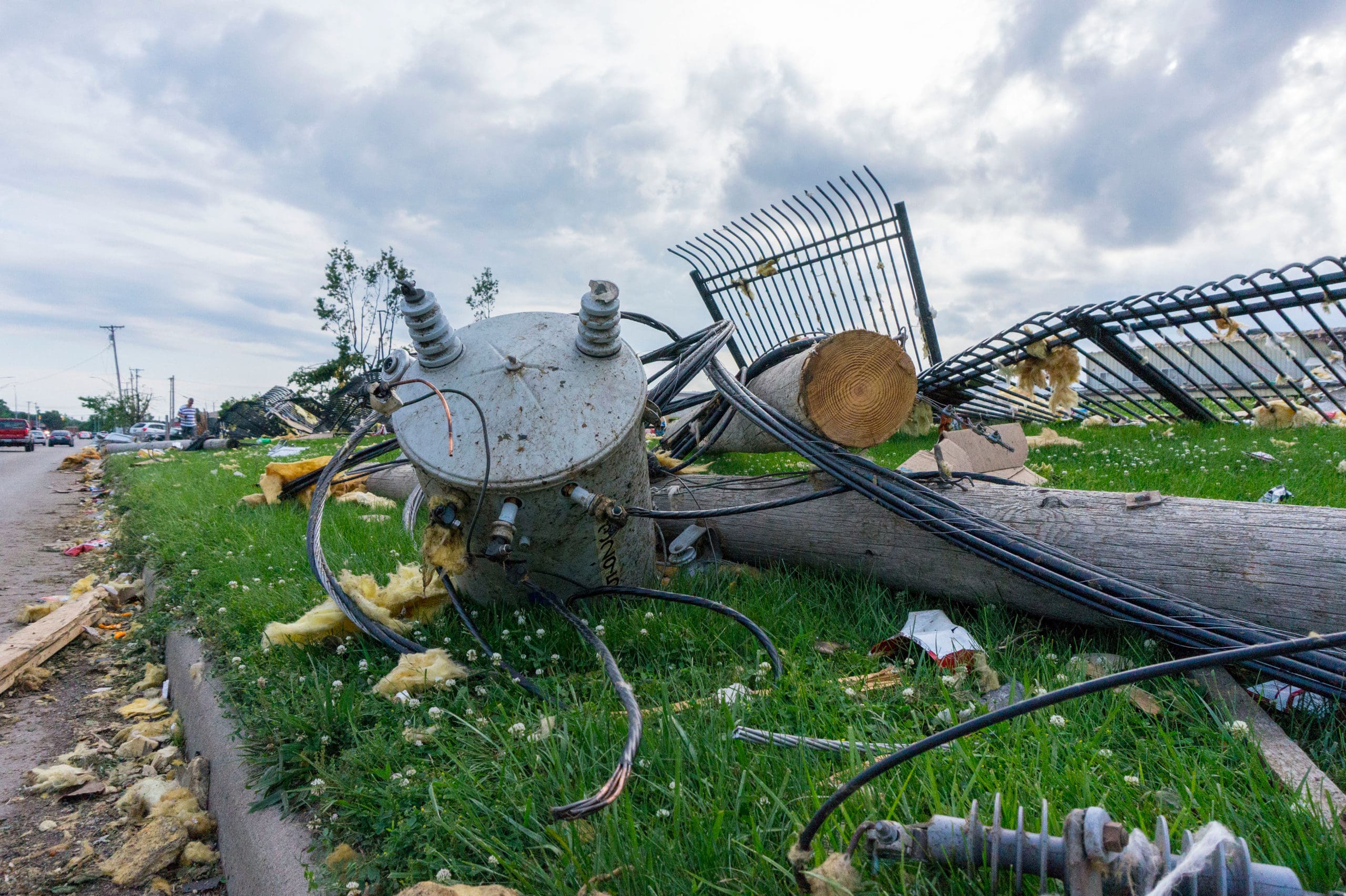
Every year, seasonal storms like tornadoes cause destruction across parts of the United States. Most recently, the tornadoes in Kentucky caused the deadliest day of tornadoes in U.S. history. While paramedics and first responders attend to the wounded, restoring power and utilities after a tornado is the work of utility companies. By the Monday following the tornadoes, power was restored to 10,000 customers.
It is vital that utility companies restore power quickly after a storm. Loss of power affects the water supply and sanitation services for the affected area’s residents. Hospitals require electricity to treat the injured.
Understanding the great lengths utility companies take to restore power after a disaster is a key to a successful restoration effort. Keep reading to find out how it all works.
Pre-Disaster Planning
The first step in responding to a disaster is preparing a plan in advance. Planning for severe storms and natural disasters is a big part of public safety.
Utility companies plan ahead so utility vehicles are stocked and crews don’t devolve into chaos in the event of an emergency. Without a plan, utility crews would not know where to begin to process to restore electricity.
When it comes to pre-disaster planning, utility companies start by identifying the highest priority areas.
The first priority is always restoring power to lifesaving services. These include hospitals, emergency centers, and fire stations. Failing to restore utilities to these services would compound the effects of the disaster.
Implementing the Pre-Disaster Plan
As soon as the possibility of a storm is confirmed, utility companies begin to implement their pre-disaster plan. They continue to monitor the storm closely to determine where and when it is likely to hit hardest.
This way, the utility crews can try to stay a step ahead of the storm rather than scrambling to catch up with it.
They use this information to determine the best location to set up a staging area. Then they begin shipping in any necessary materials.
As the storm grows, the companies pay attention to its level of severity. This enables them to estimate how much mutual aid assistance they will need.
Of course, every storm is different. Still, having a pre-disaster plan enables utility companies to restore power as quickly and efficiently as possible.
Mutual-Aid Approach
Another important thing to know about how utility companies respond to disasters is that they use a mutual-aid approach.
Before a disaster occurs, it is important that utility companies know how to access the network of restoration workers. This is done through the mutual assistance program.
Under this program, utility companies across the country form an alliance. In the event of a major power outage or disaster, cooperative utility companies send crews, trucks, and equipment, and supplies to aid in disaster relief.
Crews come in the thousands and tens of thousands from all over the United States to help cities recover from natural disasters. This is also true of law enforcement, fire departments, medical teams, and first responders.
Steps to Restoring Power and Utilities After a Tornado
Now that you understand how pre-planning for a tornado improves the response and restoration efforts of utility companies, let’s talk about how they restore power. In most cases, there are five steps.
Step 1
The first priority for a utility company is restoring power to transmission towers and power lines. These supply power to the transmission substations.
It is very rare for transmission tower lines to fail, but when they do the impact is enormous. A single tower can serve tens of thousands of people. If there is damage to transmission towers, utility companies repair them first.
Step 2
The next thing utility companies check are the local distribution substations. Each of these substations serves thousands of customers.
Although the problem could be a failure in the transmission system, correcting the problem at the substation level can restore power to a large area of people very quickly.
Step 3
Following the substations, utility companies check the main distribution supply lines. This is key if the crews cannot isolate the problem at the substation.
Supply lines transmit power out of the substation to the homes of consumers, usually a neighborhood or town.
When power gets restored to a supply line, all of the customers on that line get their electricity back immediately. The only problem is if there is another problem further down the supply line.
Step 4
The last supply lines are called tap lines. They carry power to underground transformers and utility poles outside of homes and businesses.
It is the job of the line crews to restore these remaining power outages. They make the tap lines that service the largest number of customers their priority.
Step 5
Lastly, damage can sometimes occur on the service line between your home and the transformer on the nearest utility pole. If you don’t have power but you can see the lights on in your neighbor’s house, this is likely the culprit.
You will need to notify your utility company of this outage so they can come and repair it, as they may be busy repairing more major damages.
Post-Disaster Assessment
In the aftermath of a disaster, utility companies review the impact of the storm. They try to identify patterns and trends regarding the storm’s behavior. Then they use these lessons to better prepare for the next storm.
Restoring Power and Utilities After Tornadoes: What to Know
Restoring power and utilities after a tornado is a vital effort. It takes significant pre-planning and organizing on the part of utility companies.
Studying storms, planning ahead, and using mutual assistance programs are key elements in creating effective methods to restore power after a disaster.
When disaster strikes, you’ll want to be certain your utility company has trucks that are up to the task. Custom Truck One Source is a single-source provider of specialized trucks and heavy equipment serving locations across North America.
Contact us today or check out the vast selection of equipment on our website.




